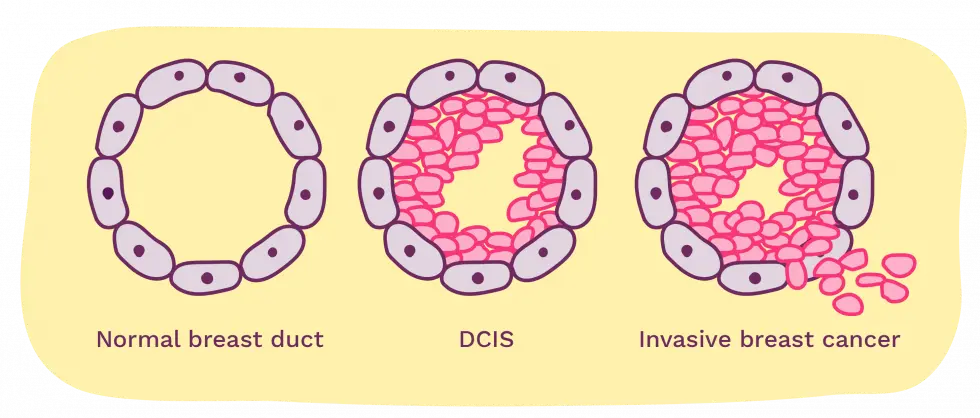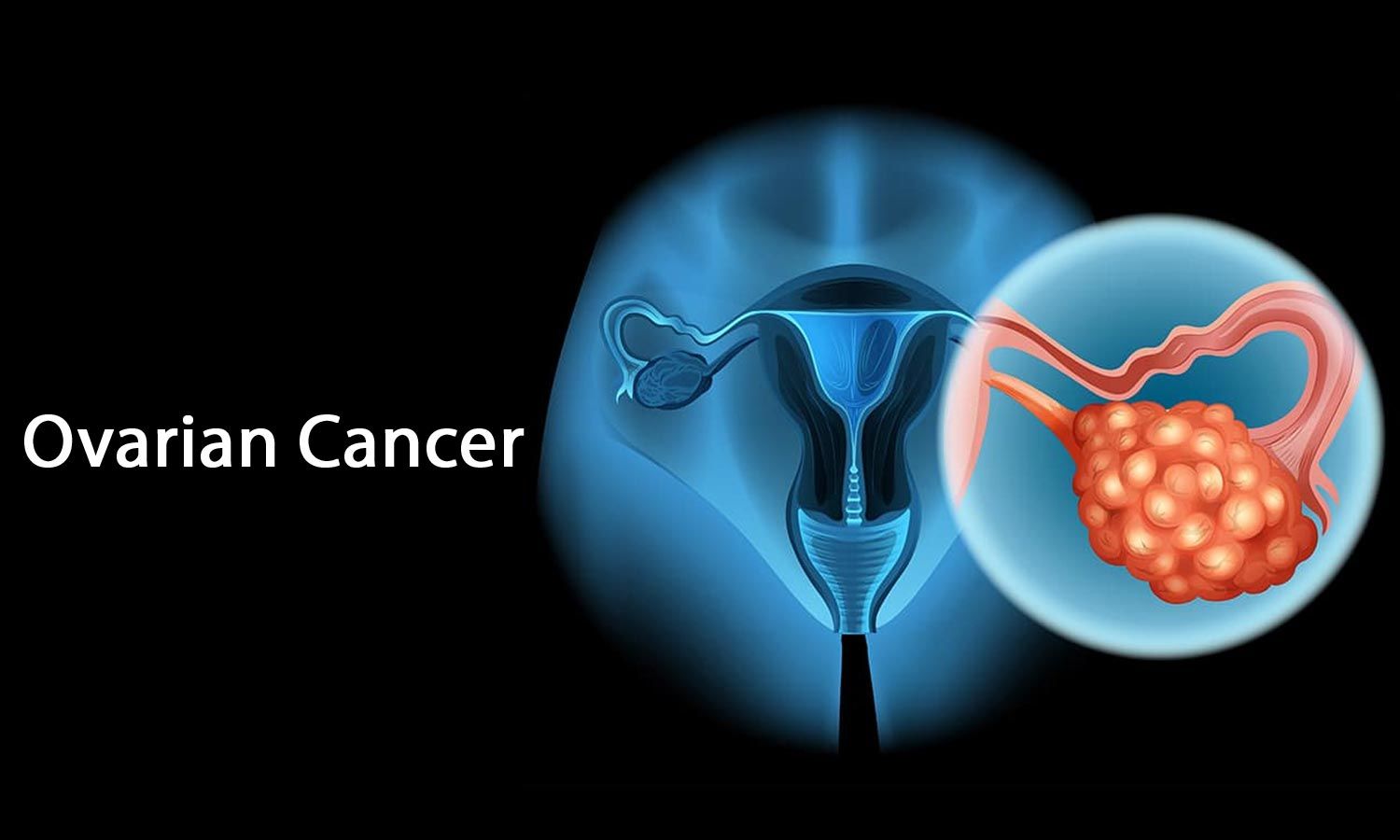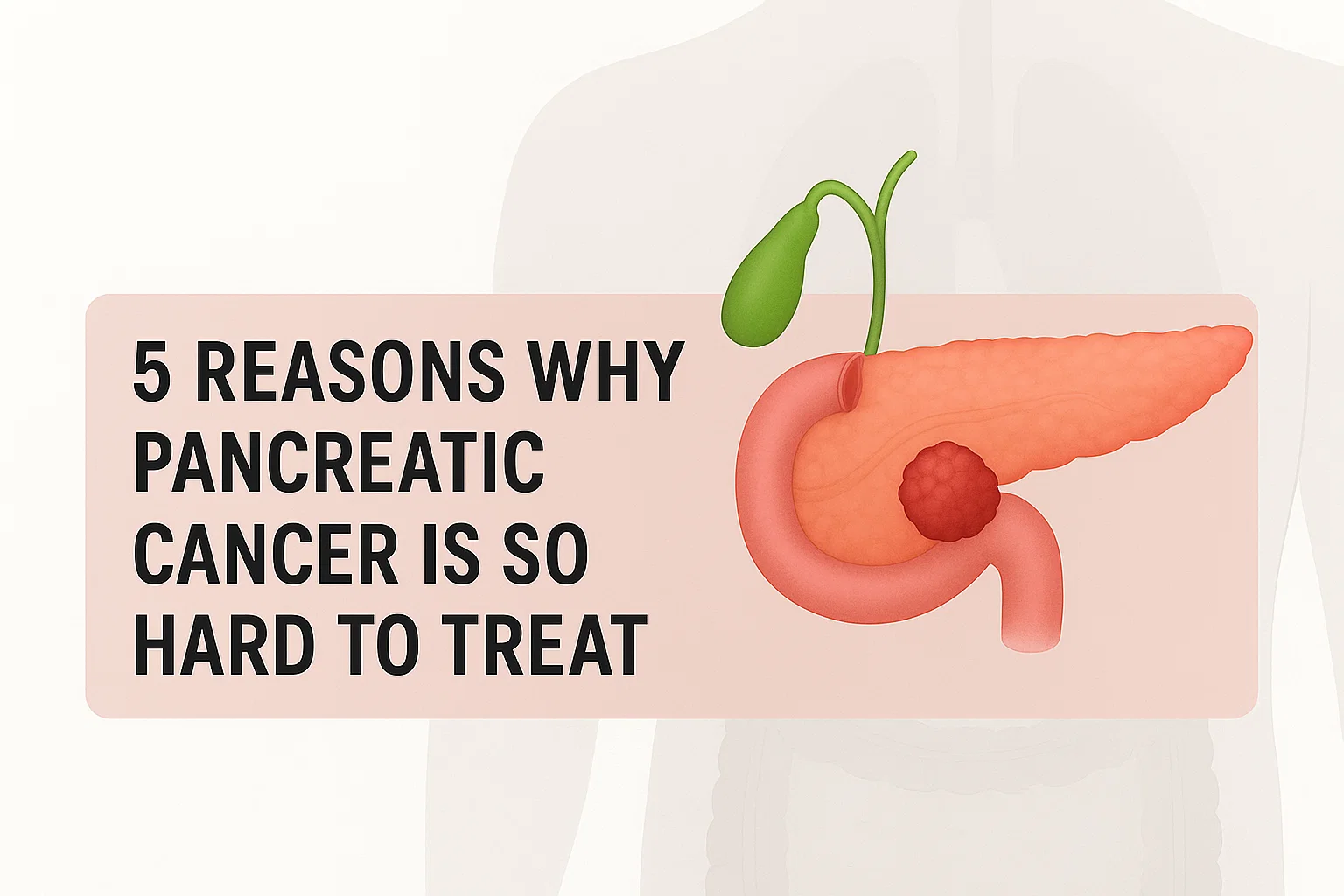Non-Invasive Breast Cancer: Types, Symptoms, Diagnosis & Treatments Explained
Breast cancer is one of the most common malignancies among women worldwide. While most discussions focus on invasive types, non-invasive breast cancers also play an important role in early detection and prevention efforts. These cancers are usually confined within the ducts or lobules of the breast and haven’t spread to surrounding tissues, making them highly treatable when detected early.
In this article, we will look at the different types of non-invasive breast cancers, their causes, diagnostic methods, and current treatment options to help patients make informed choices.
What is Non-Invasive Breast Cancer?
The term “non-invasive breast cancer” describes a class of early-stage breast cancers in which the aberrant cells stay inside the lobules or milk ducts and have not spread to the surrounding tissues. These are commonly referred to as carcinoma in situ and are typically detected with routine screening mammograms. Although non-invasive, they are considered potential precursors to invasive breast cancer and should not be overlooked.
Types of Non-Invasive Breast Cancer
1. Ductal Carcinoma In Situ (DCIS)
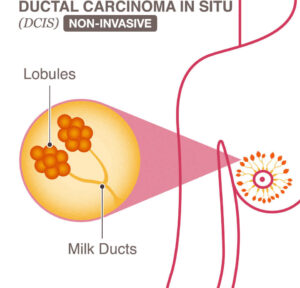
DCIS is the most common type of non-invasive breast cancer, accounting for almost 20% of new cases. In DCIS, cancerous cells line the milk ducts but do not spread beyond them. Although DCIS is not life-threatening, it can become invasive if not treated.
Symptoms: Often asymptomatic and detected through mammography, which shows microcalcifications.
Treatment: Surgical removal (lumpectomy or mastectomy), possibly followed by radiation or hormonal therapy.
2. Lobular Carcinoma In Situ (LCIS)
LCIS develops from the lobules, which are the glands that produce milk. Unlike DCIS, LCIS is a marker that indicates an increased risk of developing invasive cancer in either breast.
Detection: Typically discovered during biopsies for other reasons.
Management: Consistent monitoring, alterations in lifestyle, and occasionally, preventative drugs or surgery.
3. For certain precancerous conditions- Atypical Ductal Hyperplasia (ADH)
Though not classified as cancer, it is classified as an abnormal growth of ductal cells. It is a precancerous condition that increases the risk of developing invasive breast cancer.
Diagnosis: Typically found during a breast biopsy.
Treatment: Depending on personal risk factors, this may involve lifestyle changes, frequent monitoring, and occasionally surgery.
Causes and Risk Factors
Although the precise cause of non-invasive breast cancer is unknown, several risk factors can increase their likelihood of getting the disease. These are:
- Genetics: BRCA1 or BRCA2 mutations in particular, family history of breast cancer
- Age: More common in women aged 40 and above.
- Hormonal exposure: Early menstruation, late menopause, or hormone replacement therapy.
- Lifestyle factors: Obesity, alcohol consumption, and lack of physical activity.
Understanding these risk factors is crucial for prevention and early intervention.
How is Non-Invasive Breast Cancer Diagnosed?
Early detection of non-invasive breast cancer is often achieved through routine screening mammograms, which can identify abnormal patterns such as
- Microcalcifications
- Architectural distortions
- Asymmetries in breast tissue
If suspicious findings are present, additional tests such as:
- Breast ultrasound
- Breast MRI
- Core needle biopsy
…are used to confirm the diagnosis and determine the extent and nature of the abnormal cells.
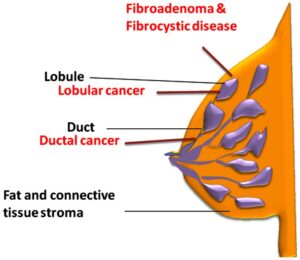
Best Treatment Options for Non-Invasive Breast Cancer
The treatment approach varies depending on the type of lesion, its size, grade, hormone receptor status, and patient preferences. Common options include
1. Active Surveillance
For low-risk cases of DCIS or LCIS, especially in older patients or those with favorable tumor markers, active surveillance may be an appropriate choice. This involves
- Regular mammograms
- Clinical breast exams
- Periodic MRI (if needed)
2. Surgical Removal
Surgery remains a cornerstone of treatment. Options include:
- Lumpectomy: Removal of the tumor with a margin of healthy tissue.
- Mastectomy: Removal of one or both breasts, often recommended if the lesion is widespread or recurrent.
3. Radiation Therapy
Radiation therapy after surgery may be recommended, particularly for DCIS, to:
- Lowering the chance of recurrence
- improves the long-term survival rate.
Radiation is typically recommended after lumpectomy and is not necessary after mastectomy.
4. Hormonal (Endocrine) Therapy
If the tumor has hormone receptors, drugs like
- Tamoxifen
- Aromatase inhibitors
may be prescribed to lower estrogen activity and reduce recurrence risk, particularly in pre- and postmenopausal women.
5. Risk-Reducing Measures
Consideration may be given to the following for high-risk patients (such as those with LCIS or a strong family history):
- Preventive mastectomy
- Preventive hormonal therapy
- Lifestyle changes (healthy diet, regular exercise, reducing alcohol)
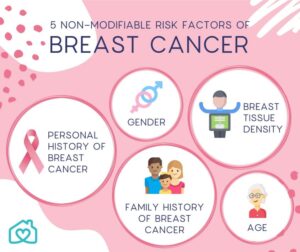
Prognosis and Follow-Up
When identified and treated early, non-invasive breast cancer has a very good prognosis, with survival rates close to 100%. However, because of the potential for recurrence or progression to invasive cancer, long-term follow-up is crucial.
Regular follow-up includes:
- Annual mammograms
- Hormonal therapy adherence (if prescribed)
- Monitoring for any new symptoms
Final Thoughts
Non-invasive breast cancers, such as DCIS, LCIS, and ADH, may not appear to be life-threatening at first, but they are important warning signs. Most patients can live long, healthy lives if they receive prompt diagnosis, suitable treatment, and individualized follow-up. The best defense is still early detection, so routine screenings and risk factor awareness are essential.
If you or a loved one has been diagnosed with a non-invasive breast lesion, talk to a breast cancer specialist about your options and how to plan the best course of action for your specific situation.
FAQs
What is the difference between DCIS and LCIS in breast cancer?
DCIS (Ductal Carcinoma In Situ) occurs in the milk ducts, whereas LCIS (Lobular Carcinoma In Situ) develops in the breast lobules. DCIS is considered a direct precursor to invasive cancer, whereas LCIS is a marker of increased risk for developing invasive breast cancer in either breast.
Can non-invasive breast cancer turn into invasive cancer?
Yes, certain non-invasive breast lesions, such as DCIS, can progress to invasive breast cancer if not treated. Regular monitoring and timely treatment can significantly reduce this risk.
How is non-invasive breast cancer diagnosed?
Non-invasive breast cancer is typically diagnosed using screening mammograms, which detect abnormal findings such as microcalcifications. Confirmation is obtained through additional imaging and biopsy.
Is surgery always needed for non-invasive breast cancer?
No, not always. Some low-risk cases of DCIS or LCIS can be treated with active surveillance, but surgery is usually recommended to prevent progression. The decision depends on lesion type, size, and patient-specific factors.
What is the average survival rate for non-invasive breast cancer?
Non-invasive breast cancers such as DCIS have a survival rate of more than 98%. When diagnosed and treated early. The prognosis is excellent with proper treatment and follow-up care.

